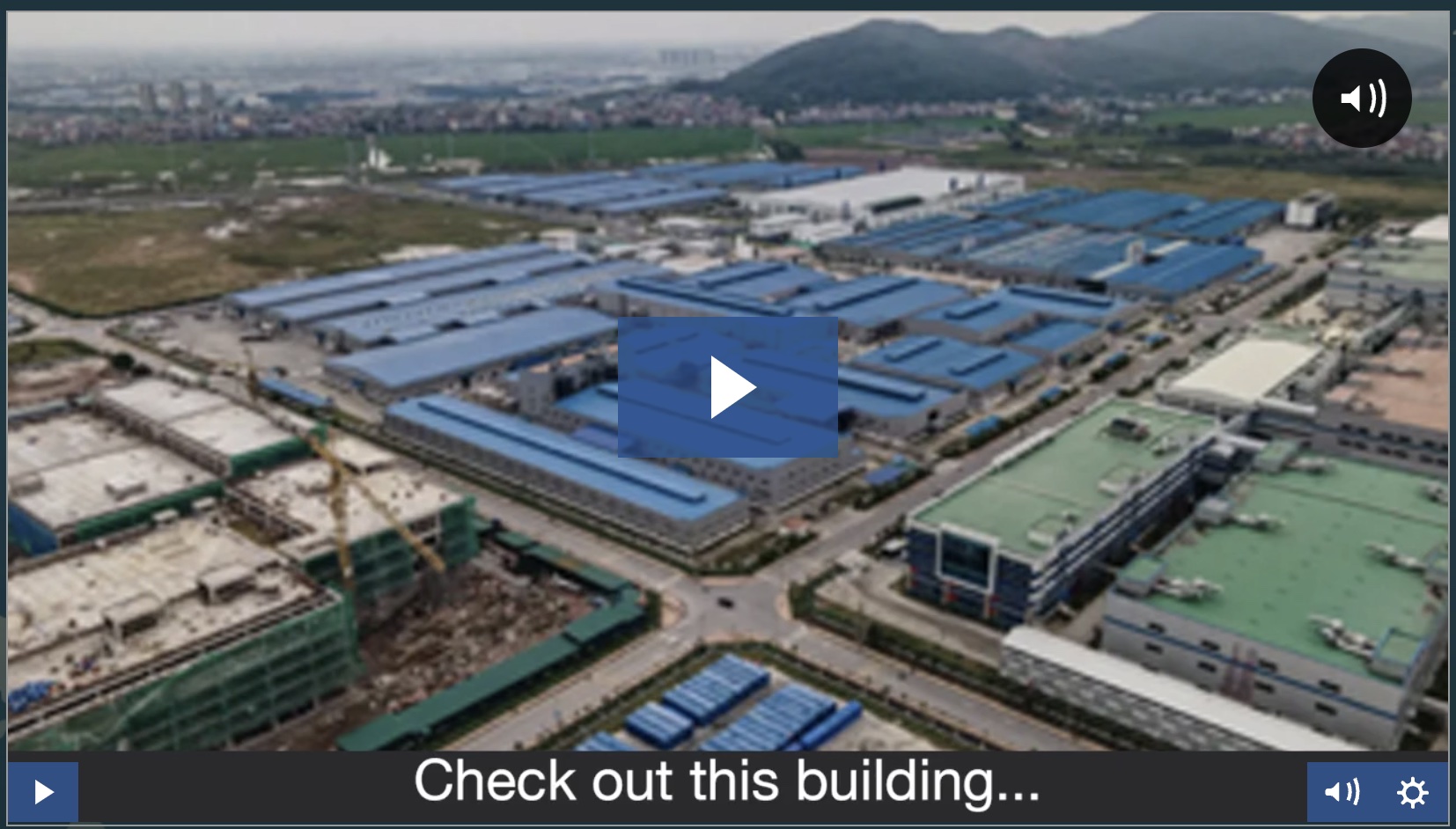“Have you observed the colossal exodus of capital streaming out of China? Discover the reasons behind the disappearance of hundreds of Chinese factory laborers and what this monumental migration—totaling over $2 trillion—portends for the global financial milieu and future investment strategies.”
Why is Money Leaving China?
Just one year ago, a building like this housed thousands of Chinese factory workers.
But there’s been no activity for months.No one has come or gone. The building is empty. The machines, silent. China has been the world’s factory floor for decades, attracting businesses with its low labor costs and abundant workforce. However, several key developments have altered the economic landscape:
1. China is in deep trouble.Its whole empire was built on being the world’s factory floor. If the factories are closing, then something has gone very wrong.
Rising Labor Costs: As China’s economy matured, wages increased, and the workforce became less willing to work for low pay. This is reminiscent of the transitions seen during the British and American industrial revolutions.
2. Geopolitical Tensions: Escalating tensions between China and the U.S., particularly over Taiwan, have created an unstable environment for foreign businesses. Incidents like government raids on American firms such as Bain and Mintz Group have heightened these concerns.
3. Hostile Business Environment: China’s strict national security laws have fostered a climate of fear and uncertainty, prompting many companies to reconsider their operations in the country.
Where is the Money Going?
In response to these challenges, over $100 billion in business investment has left China alone in the past year, with the majority heading to the United States. Here’s why:
1. Stable Government and Skilled Workforce: The U.S. offers a stable political environment and a highly skilled workforce, making it an attractive destination for businesses relocating from China.
2. Technological Advancements: Integrating artificial intelligence (AI) and robotics into manufacturing has made U.S. production more cost-effective and efficient.
3. Geopolitical Security: Companies seek the safety and predictability of operating in the U.S. rather than in regions with higher geopolitical risks.
Now, I believe we’re going to see a mass exodus of foreign businesses from China.
In fact, 90% of global corporate executives say they are in the process of moving production out of China or have plans to do so.
Apple, Amazon, Volvo, Samsung. Google. Microsoft.
These are just a few of the big names who are disappearing from China.
What Are the Future Trends?
This significant shift is laying the groundwork for several future trends:
And in the last 12 months, over $200 billion of manufacturing investment has flooded into this country.
Why is this all happening NOW? Why, after decades of outsourcing, is capital flying out of China and back to the US?
1. Resurgence of U.S. Manufacturing: The U.S. is experiencing a manufacturing renaissance, with over $200 billion in investment flowing into new factories and production facilities, potentially growing to $2 trillion in the coming years.
2. Adoption of AI and Robotics: Companies increasingly leverage AI and robotics to automate their production lines, reducing labor costs and boosting efficiency. This technological revolution is driving the growth of modern American factories.
3. Geopolitical Impact on Trade: The potential for conflict between China and Taiwan looms large. A Chinese invasion could disrupt transpacific trade, making U.S.-based manufacturing even more critical.
How Can Investors Benefit?
Understanding these trends can help investors capitalize on emerging opportunities. Here are some strategic investment approaches:
1. Diversify Investments: Spread your investments across sectors benefiting from this shift, such as semiconductors, robotics, and advanced manufacturing.
2. Focus on AI and Automation: Invest in companies leading the charge in AI and robotics, as these technologies are critical to the future of manufacturing.
3. Monitor Geopolitical Developments: Stay informed about geopolitical events, particularly those involving China and Taiwan, as they can have significant market impacts.
This is Taiwan. It’s a democratic, self-governing island that China claims as its own.
But Taiwan also has a promise from the United States of protection from China.
Over the years, China has increased threats to invade the island and take it by force.
Look, I know geopolitics doesn’t interest everybody. It’s not my favorite subject either.
4. Invest in Stable, Innovative Companies: Look for companies with a proven stability and innovation track record. These firms are best positioned to thrive amid these changes.
The global financial landscape is undergoing a profound transformation. As investment flows out of China and into the U.S., driven by economic, geopolitical, and technological forces, new opportunities are emerging. By understanding these trends and making informed investment decisions, you can benefit from this historic shift.
Stay sharp, stay informed, and invest wisely.



